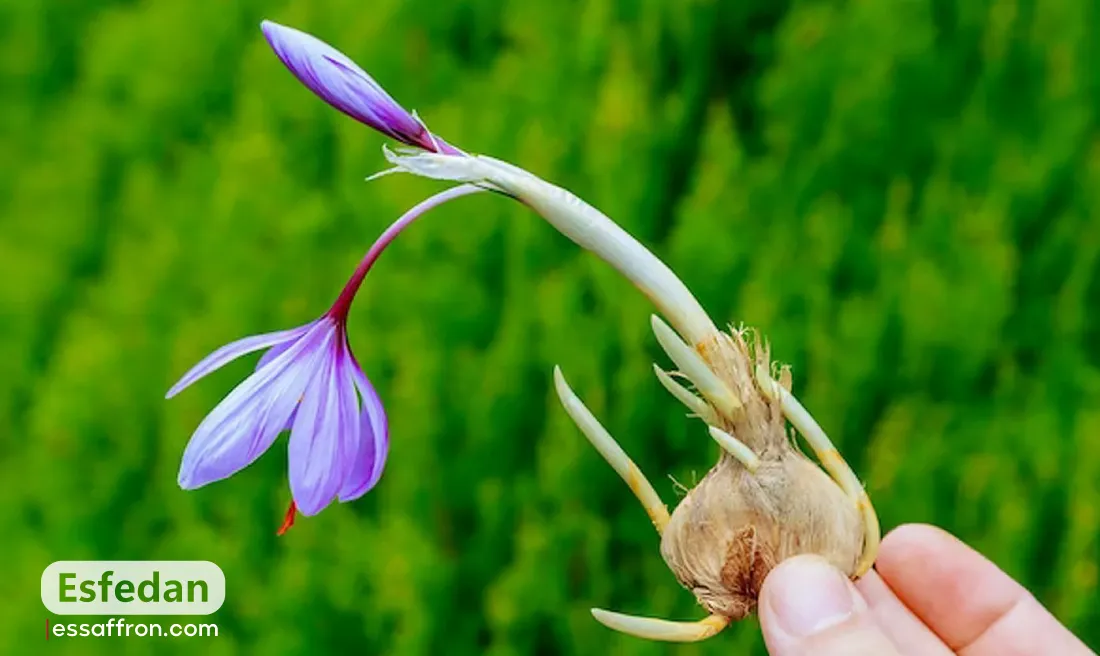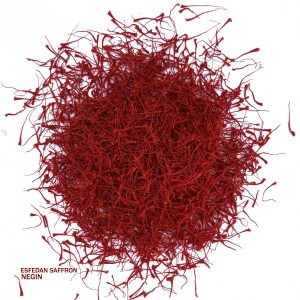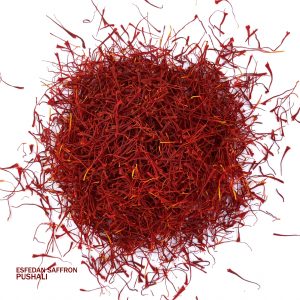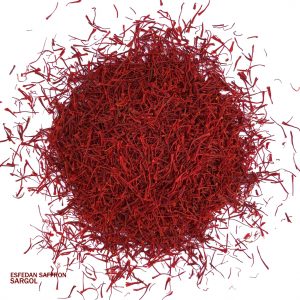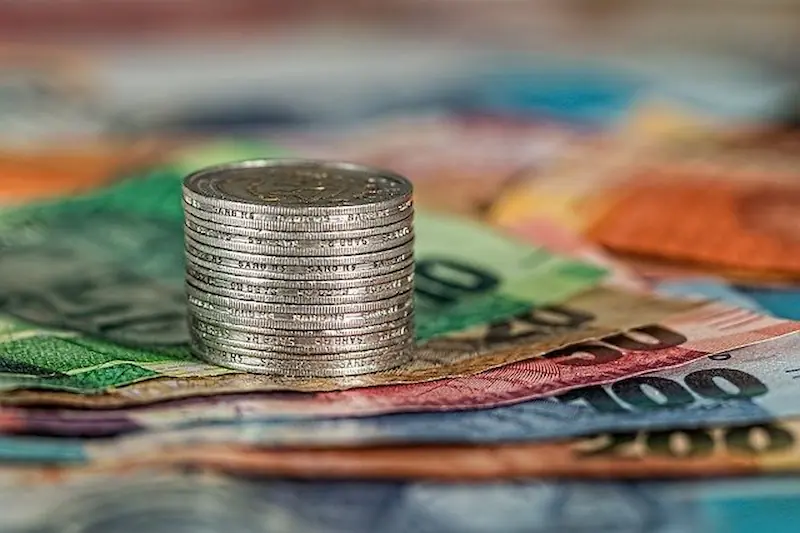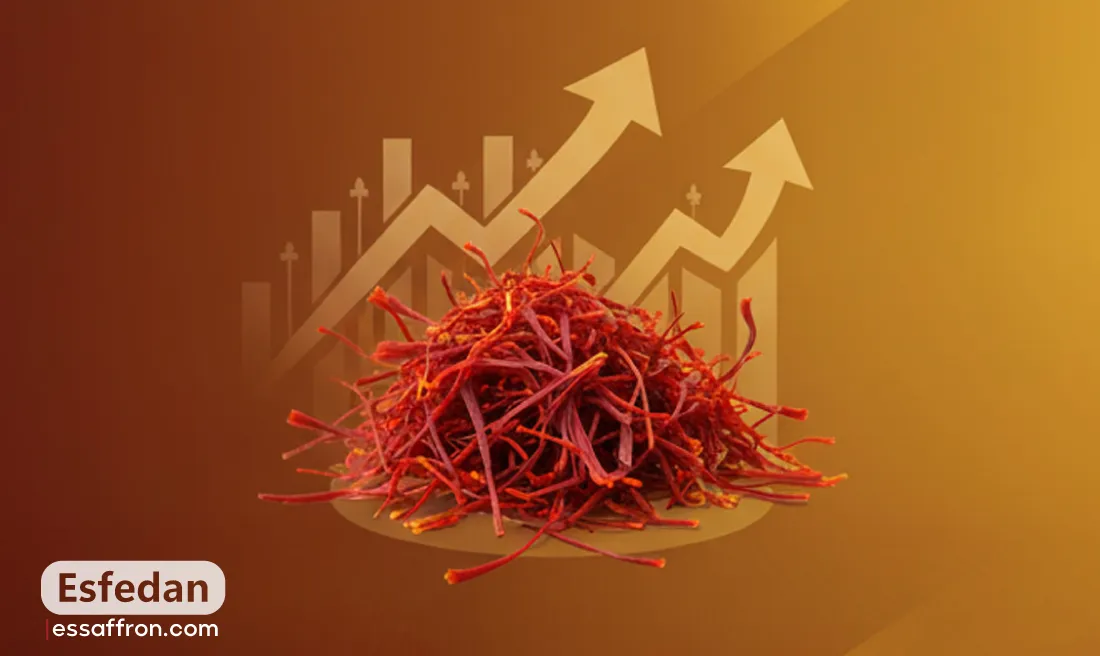read more: Profits from growing saffron
When to Plant Saffron Crocus
Plant saffron crocus corms in late Summer to early Autumn. In the Northern Hemisphere, this period typically occurs between July and September. This timing is crucial for several reasons. First, it gives the new corms plenty of time to establish their roots before the cold winter weather arrives. This helps the plant to stay healthy and ready to grow when spring comes.
It also gives the corms the best chance of flowering in the Autumn of the year they were planted. This means you can potentially harvest saffron from them in their first year, instead of having to wait. If you live in an area with a very cold or harsh winter, you may want to complete your planting earlier in this window. It gives the plant more time to get established. Planting at the right time is crucial, allowing the plant to complete its entire growth cycle. This includes growing roots and leaves, flowering, and then entering a dormant state for the winter.
Best Place to Grow Saffron
The first step in learning how to grow saffron is finding a suitable planting location. Saffron crocuses require full sun, so the planting location should receive at least 6 hours of direct sunlight a day. The best spot should also have good drainage, as saffron corms will rot quickly if exposed to waterlogged soils. These are the primary growing conditions for saffron.
When determining the best climate to grow saffron, we need to look for a few specific characteristics. Hot and dry summers allow for a dormant period for the corms, and then cold winters and mild to moderate rainfall in the fall and winter months when the plant is actively growing and flowering. The Mediterranean climate in Spain, Greece, and Iran is ideal for this plant, and these regions are among the world’s leading producers of this plant. Saffron corms are perennial and fairly hardy. It will generally do well in USDA Plant Hardiness Zones 6-9. However, certain varieties may survive in Zone 5 if they are given some winter protection, such as a layer of mulch. Protection from the wind is also important, as the wind can damage the delicate saffron flowers as they are flowering. A sunny and sheltered area is the ideal location for growing saffron.

The stages of planting saffron
Below, we will outline the steps of planting saffron in a step-by-step manner.
1. Soil and Light Requirements
The ideal soil for growing saffron crocuses is well-draining, moderately fertile, and loamy in texture. A soil that does not drain well and remains saturated in moisture, such as heavy clay, is not suitable for saffron production as it increases the chance of corm rot. The ideal pH range for saffron production is 6.0 to 8.0, which falls within a slightly acidic to slightly alkaline range.
If you have heavy or naturally poor soil, it is also highly beneficial to add a generous amount of organic matter, such as well-rotted compost or manure. Not only does this help with drainage, but it also improves soil fertility. In terms of the best soil for saffron cultivation, you should aim for a soil that will allow water to percolate through freely, but that also retains some moisture and nutrients. If you have inferior drainage, another highly effective solution is to build raised beds. These will help ensure that you have proper drainage, thereby providing the best growing conditions for saffron, even if your natural soil for saffron cultivation is not ideal. Proper soil management is essential in this regard, as it helps prevent fungal diseases and promotes healthy corm development.
Saffron crocuses need plenty of sunlight. At least 6 hours of direct sunlight exposure is recommended for optimal growth and flowering. Inadequate sunlight can result in poor flower production and weak corms.
2. Saffron Crocus: Planting Instructions / Step-by-Step Guide
Plant your saffron Crocus corms (bulbs) with care. The foundations for successful saffron production are healthy corms, accurately planted in well-prepared soil.
1. Corm selection: Select firm, plump, disease-free saffron corms that are at least 1 inch (2.5 cm) in diameter. For best results, purchase corms from a trusted grower who will have tested and selected genetically superior, disease-free stock. Planting corms that are too small or diseased can reduce flowering in the first year.
2. Planting depth: Saffron corms should be planted 4-6 inches (10-15 cm) deep. Planting corms relatively deeply, as shown here, provides better protection against summer and winter extremes for dormancy and overwintering. It also offers better winter protection and avoids offset corms, which develop after flowering when they are forced too close to the surface as they grow, potentially stressing plants and reducing productivity.
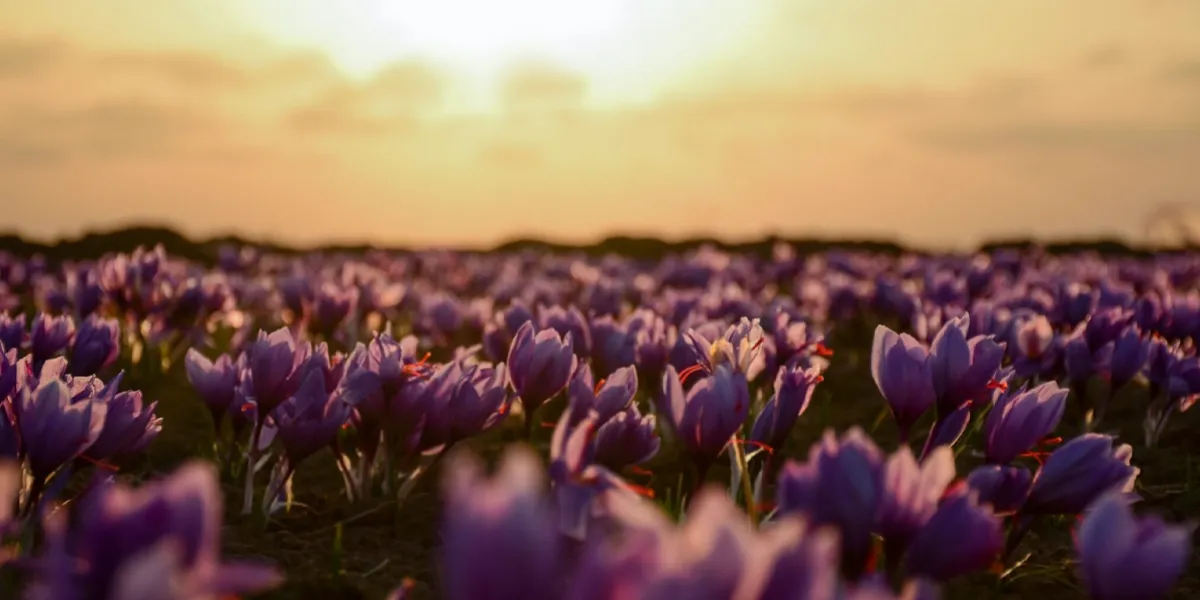
3. Spacing: Place corms 4-6 inches (10-15 cm) apart. This ensures good airflow around plants and provides ample room for corm multiplication, preventing overcrowding that can lower flower numbers over time.
4. Orientation: Place corms with the pointed side facing up, from which the shoots will emerge.
5. Initial watering: Water the bed thoroughly. This initial watering will settle the soil firmly around the corms, leaving no air spaces. It will also get the root system started. Thereafter, water sparingly until the foliage appears, usually in early Autumn.
3. Planting Protocols saffron
Plant your corms in the late Summer to early Autumn for the best outcome. Planting saffron corms to the proper depth is crucial to their yield. Saffron corms are usually planted between 10 and 15 cm deep.
10 cm Depth: This shallower planting is more suitable for milder winter areas. It allows more warmth on the corms, but they are more exposed to temperature/moisture variation, which can reduce the yield.
15 cm Depth: Planting at this depth is more suitable for areas with colder winters. It allows the corms to have more protection from the cold temperatures. This can lead to a more stable temperature for the corms, helping them grow better. It can also protect the corms from pests and reduce the risk of fungal diseases. Planting at a depth of 15 cm can lead to a higher yield.
The recommended planting depth can vary depending on the climate and soil conditions in your area. Generally, a deeper planting depth is preferable for cooler climates, while a shallower planting depth may be more suitable for warmer climates. Regardless of planting depth, it is also essential to ensure that your soil has good drainage and fertility to achieve the best possible saffron crop yield
4. Caring for Saffron Crocus / Saffron Plant Care
Care after planting should be regular and appropriate for the healthiest growth and best saffron crop.
Water saffron crocuses moderately. In their autumn growth and flowering season, keep the soil consistently moist, but never saturated. The primary cause of corm rot is overwatering, especially in poorly drained areas. In their summer dormancy (around May to July) and after the foliage has naturally died back, much less or no water is needed, as too much moisture can be harmful to the corms. Fertilizer is not required.

Fertilizer is unnecessary as saffron will do quite well in soil of average fertility. Suppose a soil test shows low fertility, or in established beds where corms have been in place for several years. In that case, an application of a balanced, slow-fertilizer, granular fertilizer that is lower in nitrogen (e.g., 5-10-10 NPK) can be applied once per year in early Autumn at the beginning of growth. High nitrogen applications will result in excessive leafy growth with little to no flowering.
Weeds should be removed to limit competition for nutrients, water, and sunlight. Weeds can also serve as hosts for insects and diseases. Hand-weeding is recommended, as the saffron corms are relatively shallow and can be easily damaged by mechanical weeders. Mulching can help with weed suppression.
A light mulch of organic material, such as straw, pine needles, or shredded leaves, can help suppress weeds, reduce moisture loss through evaporation, and provide some minor insulation to the corms during cooler weather. The mulch layer should not be overly thick, as excessive moisture can be just as much of a concern as dryness, especially in areas with poor drainage.
5. Pests and Diseases / Troubleshooting
Saffron crocus is a fairly pest-resistant plant. However, there are a few pests and diseases that can cause production problems and damage to plants. Consistent observation and prevention will go a long way toward proper saffron plant care and troubleshooting when necessary.
The most common saffron pests are rodents (voles, mice, squirrels, etc.) that feed on underground corms. If rodents are a problem, planting the corms inside wire cages (hardware cloth) or under an underground barrier to prevent burrowing is a possible solution, as is using traps. Slugs and snails can occasionally damage above-ground foliage and flowers, especially during wet periods. Organic slug bait or hand-picking are usually successful.
The most common disease issue for saffron is corm rot, which can be caused by several types of fungi (Fusarium species, Rhizoctonia, etc). Nearly all cases of this are due to standing water or overly wet/drainage-poor soils, so prevention is the best option. Providing an area with excellent drainage, avoiding over-watering, and using only healthy corms are all crucial for plant health. Checking on corms (during their dormant period, when you would dig them up to divide) for disease can also help to prevent a wider spread before planting time. Good airflow should also help avoid foliar fungal disease problems.
Harvest of Saffron Crocus Flowers
Harvesting is the most labour-intensive and costly step in the saffron production process, and it determines the quality and quantity of saffron harvested. Extra care and precision are required during the harvesting of saffron stigmas due to their fragile nature.
Saffron typically flowers in Autumn, often within 6–8 weeks of initial planting (or every year thereafter, if planting from established corms). Blooming is usually quite heavy for a brief period of 2 to 4 weeks. Harvest occurs every day as new flowers open. Harvesting of saffron ideally begins in the early morning on a dry day, when the flowers have fully opened but before the sun’s heat has started to damage the delicate stigmas and volatile compounds. Harvesting in the early morning will preserve the maximum quality.
Each stigma must be harvested by hand. This is typically done by plucking the three red stigmas from the centre of the open flower using fine-tipped tweezers or gloved fingers. Since the flowers cannot be processed in bulk, the harvesting is painstakingly slow. The petals of the flower must not be damaged, as this will impact the plant’s ability to produce corms in the future. This painstaking manual labour accounts for the majority of saffron’s retail cost.
The amount of saffron that can be harvested per square foot of land can vary significantly depending on the number of corms planted per square foot, the age and health of the corms, and environmental conditions. For home gardeners, producing saffron on a square foot of land is a relatively small-scale endeavour. In the most densely planted scenarios, it may be possible to harvest a few dozen stigmas from a square foot of land over the course of a season. Even in the most ideal of situations, this only accounts for a small percentage of a gram of dried saffron. Commercially, it takes between 70,000 and 100,000 individual flowers to produce 1 kilogram of dried saffron. This finally answers the question: How many flowers are required to produce 1 kg of saffron? About 150,000–200,000 flowers are needed to produce 1 kilogram of saffron.
Read more: Complete List of Saffron Producing Countries
Saffron Storage
Proper storage practices are essential for preserving your homegrown saffron for the long term and maintaining its optimal quality. By following these storage guidelines, you can protect the delicate compounds in saffron.
Container: Store your dried saffron in an airtight glass jar or another non-porous container. This will prevent moisture from entering and limit exposure to air and oxygen, which can lead to quality and flavour degradation. Whenever possible, avoid exposing stored saffron to light and air.
Location: Keep the container in a cool, dark place. This means avoiding direct sunlight, heat sources (such as ovens, stoves, and radiators), and areas with high humidity fluctuations. A pantry, a specialized ideal.Refrigeration is typically not required unless in extremely hot and humid climates or for exceptionally long-term storage (over 2 years).
Longevity: Dried saffron, when stored properly, can retain much of its potency, aroma, and flavour for several years. However, its aromatic intensity and colour strength may gradually decrease over long periods, usually after two years or more. For optimal quality, it is recommended to consume within a year of drying and replenish stocks as needed to maintain freshness.
Saffron Crocus Varieties and Propagation
The major saffron-producing areas of the world each tend to have an established variety associated with them, such as Spanish saffron, Iranian saffron, and Kashmiri saffron.
rede more: Persian saffron vs Spanish Saffron: Which to Buy in 2025
While these appellations may also sometimes represent differences in cultivation and harvesting techniques between regions or in post-harvest processing methods (for example, drying), or in quality grades or classifications based on ratios of crocin (color), picrocrocin (flavor), and safranal (aroma), for the most part it’s the same species that is being cultivated: Crocus sativus. The individual characteristics are generally considered to be a result of terroir and post-harvest handling rather than genetic variety. All saffron is obtained from the same species of crocus: Crocus sativus, and is grown from Crocus sativus corms. In other words, there are no best flowers for death, or are potato flowers edible, or are there issues with saffron specifically?
read more: type of iranin saffron
Saffron is propagated almost exclusively by division of corms, as it is a sterile plant and incapable of producing seed.
Propagation from Corms: Saffron corms will naturally multiply underground. Mother corms typically produce several offsets, or daughter cormlets, each year. These new corms will form at the base of the mother corm and, if not dug up, will develop into mature, flowering-size corms in future years. As the corms multiply, the area of the saffron patch can be extended.
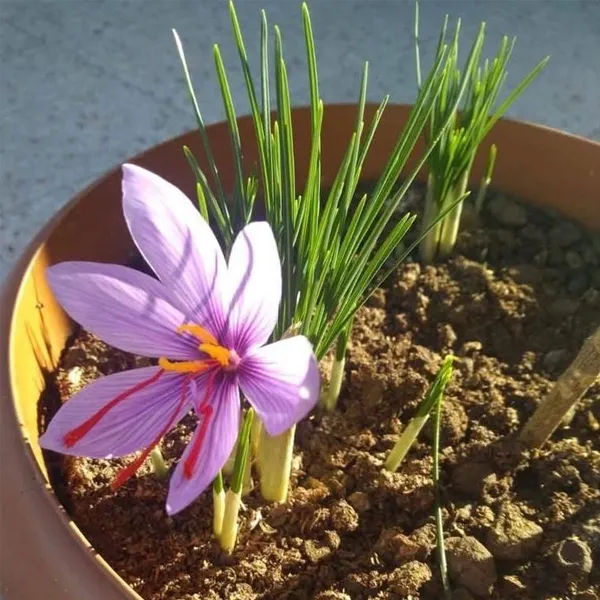
Division: Mother corms should generally be dug up every 3-5 years, or when flowering appears to be significantly reduced due to overcrowding. This is best done during the dormant period in Summer when the foliage has died down. The offset corms should be removed from the mother corm and can then be replanted in new or prepared areas. This will effectively rejuvenate the growing area.
By digging up and dividing the corms, competition for nutrients in the soil is reduced. This will encourage a more prolific flowering response in future years and is an integral part of the long-term maintenance of saffron plants.
Growing from Seed: It is not recommended or practical to attempt to grow saffron from true seed. The plant is a sterile hybrid, and therefore, any seeds produced are unlikely to be viable. In any case, it would not be genetically identical to the parent saffron crocus and is therefore not a suitable method of propagation for saffron production.
Cultivating Saffron in Pots
Cultivating saffron in pots is also feasible, and it’s an option that makes sense if you don’t have ideal growing conditions or are simply curious to try something a little different. You will need pots that are at least 6-8 inches (15-20 cm) in diameter and 6-8 inches (15-20 cm) deep. Be sure that they have adequate drainage holes at the bottom. Plant the corms in the same way you would if you were planting them in the ground, which is typically at a depth of 4-6 inches (10-15 cm) and spaced 4-6 inches (10-15 cm) apart.
If you live in a colder climate (USDA Zone 5 or colder, or in the colder parts of Zone 6), you may need to protect potted saffron corms during the winter. An easy way to do this is to move the pots indoors, to an unheated garage, basement, or cool greenhouse. You can also insulate pots left outdoors by wrapping them in straw or bubble wrap, or by burying them in the ground. This is to prevent the corms from freezing solid. Drainage is also even more critical in pots than in garden beds because there’s less soil to work with.
Conclusion:
The successful growth of saffron is primarily dependent on creating the proper environmental conditions for the plant during its growth cycle, as well as some particular cultural techniques for its care. The most basic requirements for planting saffron include starting with healthy corms and planting them in late Summer, in a soil that drains well and is rich in organic material, with full sun exposure. Adequate fertilization and careful monitoring of pests and diseases are also crucial for maintaining plant health and yields. Harvesting is a labour-intensive process of carefully removing the stigmas, and proper drying and storage of these fragile structures is also vital for good-quality saffron. The timing and execution of these essential requirements provide a straightforward guide to how to grow saffron for personal or small-scale use.
Growing Saffron FAQs
Below are some of the most commonly asked questions about growing saffron.
Are saffron bulbs perennial?
Yes, saffron corms (colloquially bulbs) are without a doubt perennial. In fact, they are especially adapted for overwintering underground and are guaranteed to return year after year when in a hospitable location. They are also multiplying plants, which means new corms are produced each year to help sustain and expand the saffron patch. This should more than answer your question: Are saffron bulbs perennial?
How much saffron is produced per square foot?
If you are growing your own at home, don’t expect much. The saffron plant is relatively small and laboriously harvested by hand. You might get a few dozen stigmas from a densely planted square foot of saffron corms during a single flowering season. This is a tiny amount: just a fraction of a gram (0.1-.2) of the precious dried spice when all is said and done. This is why it is so highly valued, and why it can require such consistent labour over the years.
1 kg saffron, how many flowers does it take?
It takes tens of thousands of flowers to make a single kilogram of dried saffron. Expect to need 70,000-100,000 individual saffron flowers, each of which must be carefully harvested for their three precious stigmas. This gives you an idea of how incredibly labour-intensive saffron production is, which is part of the reason it’s the most expensive spice in the world on a per-weight basis.
How many crocus corms do you need for a pound of saffron?
Each pound of saffron spice requires up to 75,000 crocus corms (colloquially bulbs) to begin with. This number will expand as the corms multiply and grow over subsequent years.
How much do saffron crocus bulbs cost?
Expect to pay around $1 per saffron crocus bulb. Since they multiply and self-propagate over the years, the real cost is in getting started.
How long does it take for saffron to grow?
Growing saffron takes approximately one full year. The autumn planting must wait until after dormancy to ensure the corms are ready to grow. This means springtime, or right after the last frost, when the soil is still workable. From planting to harvest, there is a long wait, typically between 6 and 9 months.
What is the best climate for growing saffron?
Hot, dry summers are ideal for allowing the corms to go dormant properly. This is followed by cold, dormant winter weather. As for the Autumn growing season, some rainfall is helpful to the plants. Mediterranean climate regions offer an ideal environment, with the right conditions in balance for the development and flowering of saffron crocuses.
Where to buy saffron bulbs?
Saffron is produced from a specific flower. There are many flowers in the crocus family, but what you need to buy to grow saffron is Crocus Sativus. It’s worth mentioning that only saffron crocus is actually edible, and you shouldn’t consume other crocus flowers.
The saffron flower (Crocus Sativus) can be bought online from either gardening websites or Amazon. The best timing to purchase saffron bulbs is in the late Summer.


